Coral reefs captivate with their stunning colors and rich biodiversity. Yet, these marine treasures face grave threats from climate change and human activities. The following reefs are not only some of the most beautiful but also among the most endangered. Protecting them is crucial for preserving marine ecosystems and their diverse inhabitants.
Great Barrier Reef, Australia

The Great Barrier Reef stretches over 2,300 kilometers along the northeast coast of Australia. It is the world’s largest coral reef system and a UNESCO World Heritage site. This reef is famous for its vibrant coral formations and diverse marine life. However, it suffers from coral bleaching caused by rising sea temperatures. Conservation efforts are essential to protect its fragile ecosystem.
Coral Triangle, Southeast Asia
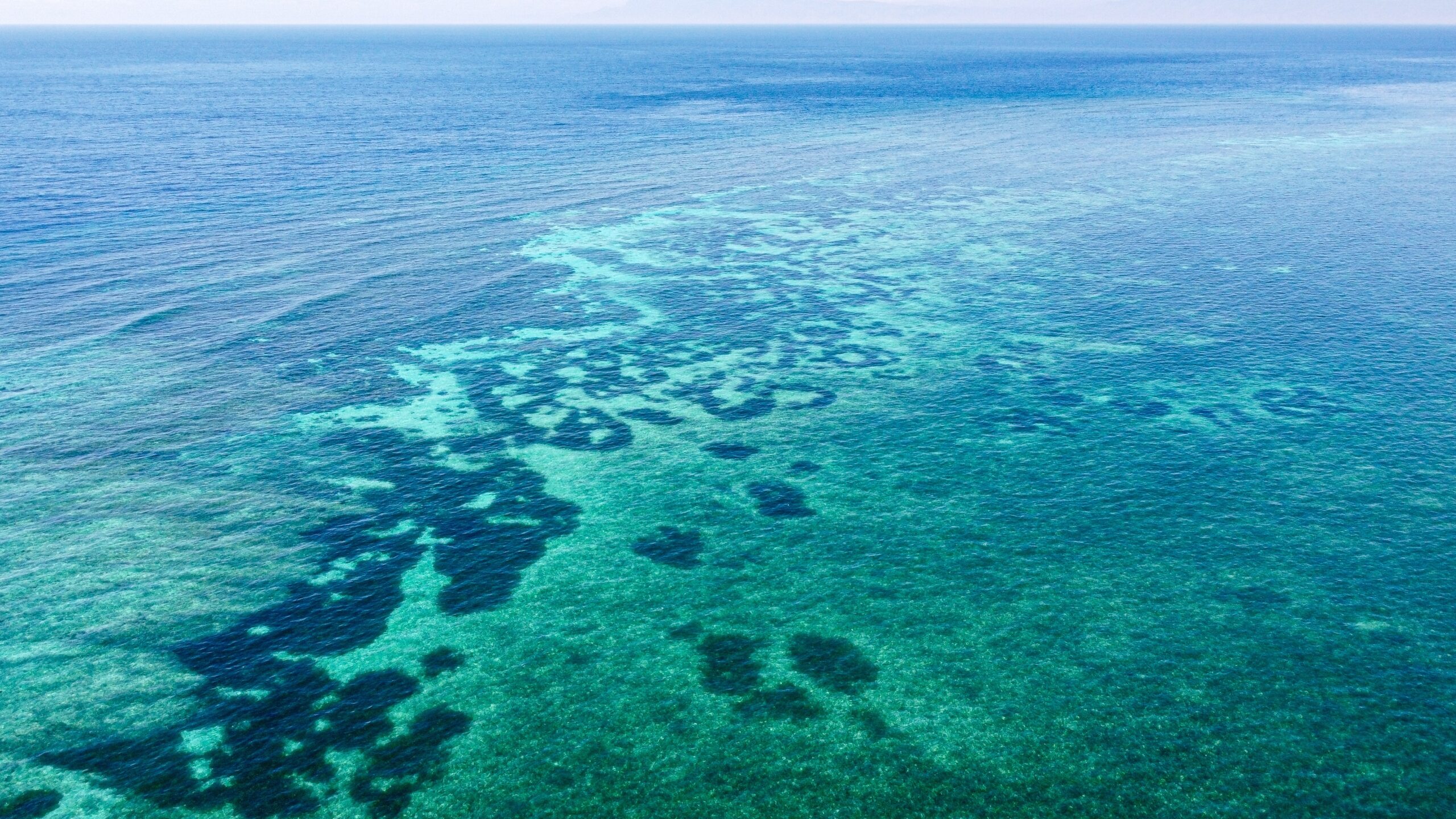
The Coral Triangle encompasses six countries: Indonesia, Malaysia, the Philippines, Papua New Guinea, Solomon Islands, and Timor-Leste. This region boasts the highest marine biodiversity on the planet. It contains more than 600 species of corals and 2,000 species of fish. Overfishing and habitat destruction threaten its health. Protecting this area is vital for global marine conservation.
Belize Barrier Reef, Belize
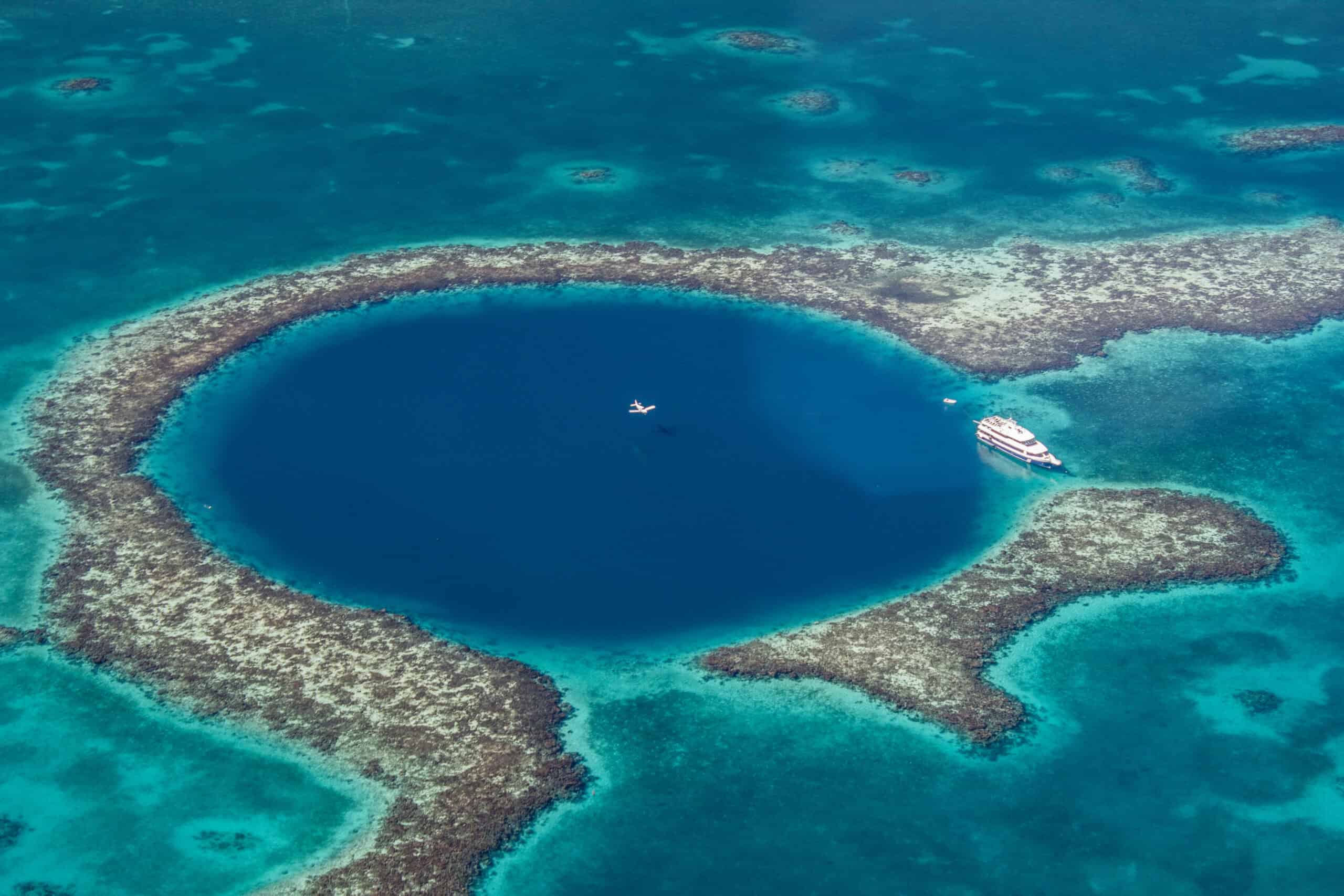
The Belize Barrier Reef is the second-largest coral reef system in the world. Spanning over 300 kilometers along the coast of Belize, it is renowned for its clear waters and diverse marine life. It shelters endangered species like the loggerhead turtle and the manatee. Coastal development and climate change pose significant risks. Ongoing conservation efforts are crucial for its survival.
Raja Ampat Islands, Indonesia
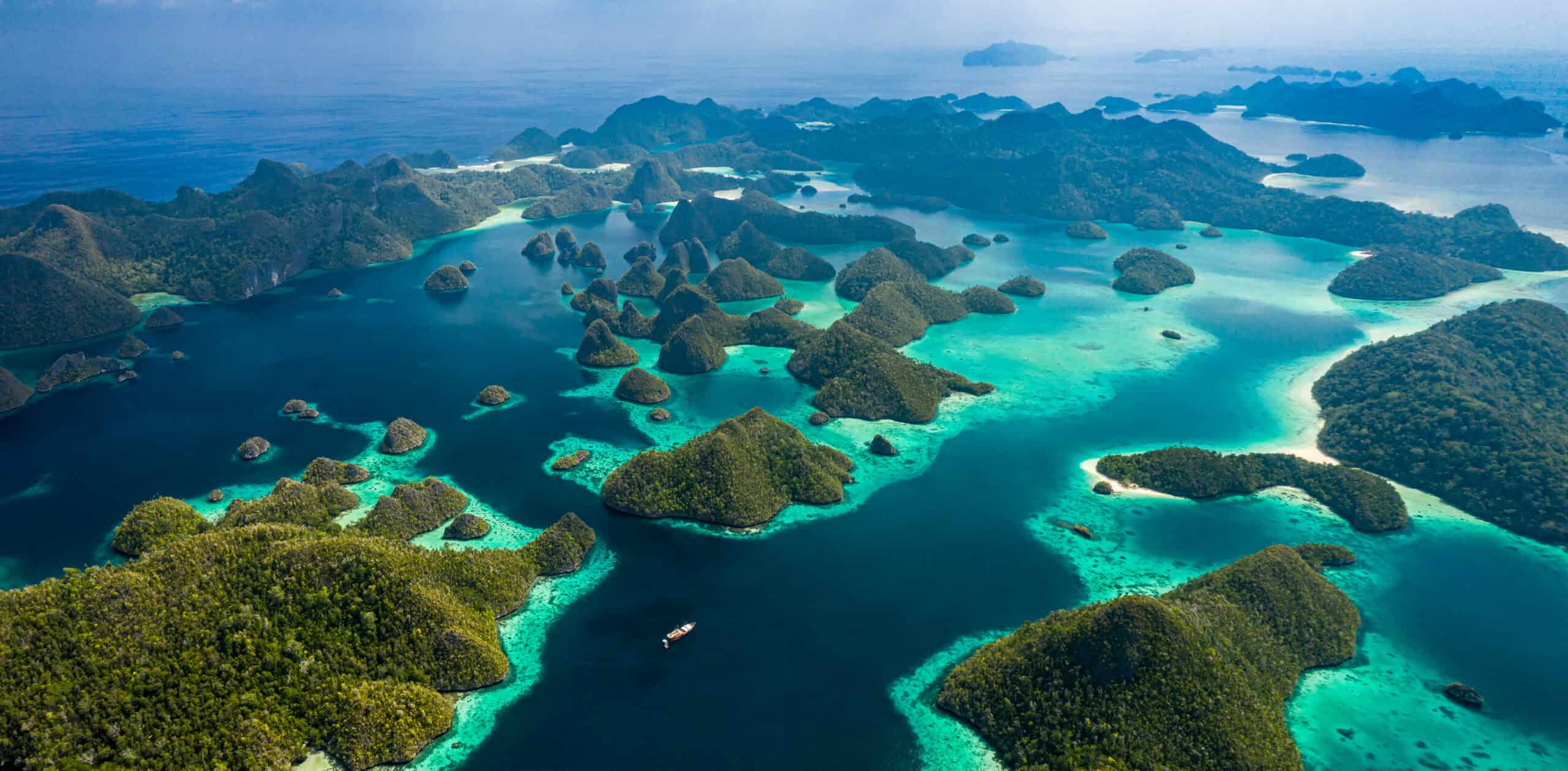
Raja Ampat Islands are located in West Papua, Indonesia, and are celebrated for their pristine coral reefs. This area is known as the “epicenter of marine biodiversity,” with over 75% of the world’s coral species present. The reefs boast extraordinary marine life and breathtaking underwater scenery. Overfishing and habitat destruction threaten these vibrant ecosystems. Protecting Raja Ampat is essential for marine biodiversity.
Palau Coral Reefs, Palau
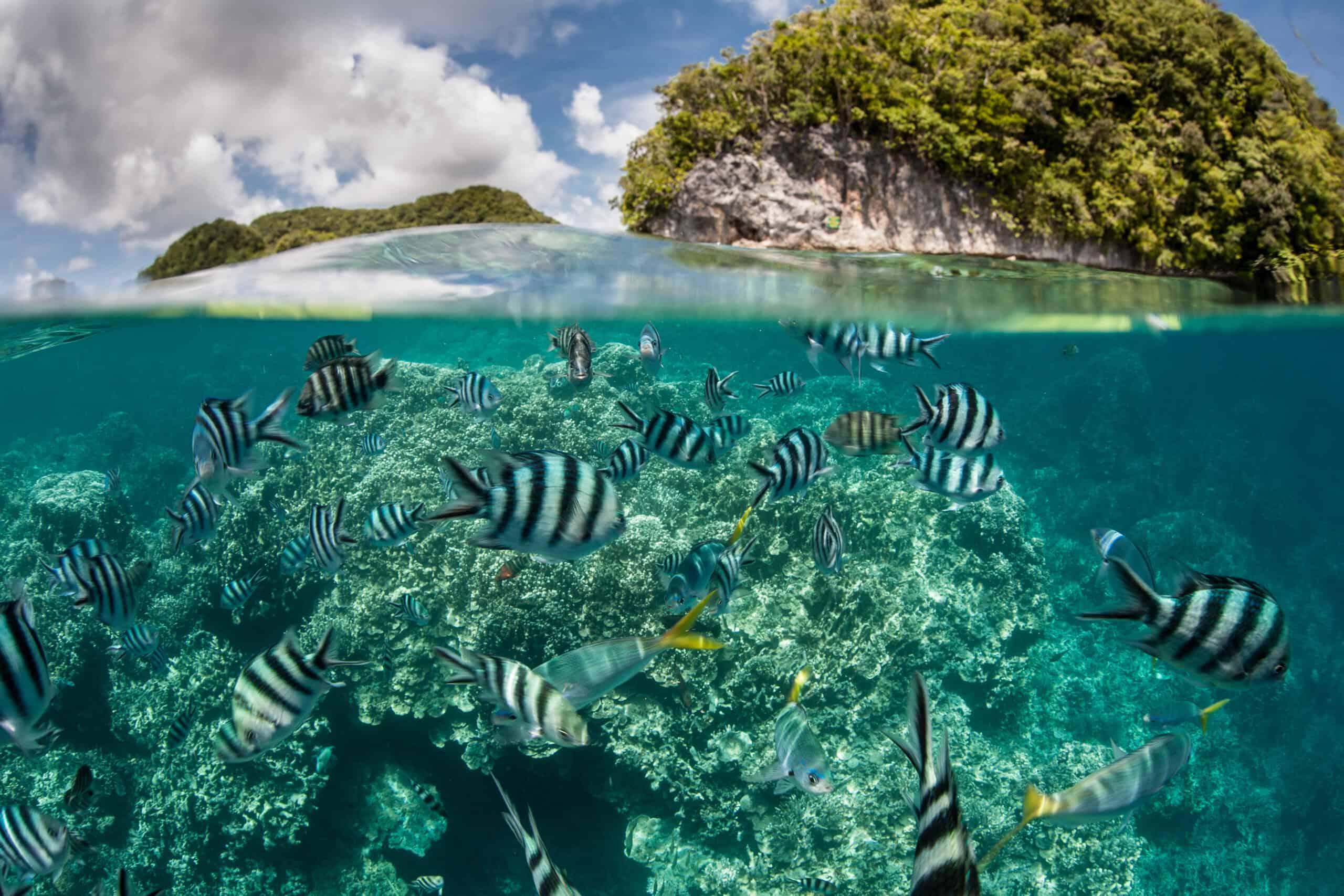
Palau’s coral reefs are renowned for their vibrant underwater landscapes and rich marine biodiversity. Situated in the western Pacific Ocean, these reefs are home to unique and rare species. The area is known for its crystal-clear waters and healthy coral populations. Threats such as climate change and overfishing endanger these reefs. Conservation measures are vital to ensure their protection.
Red Sea Coral Reef, Egypt
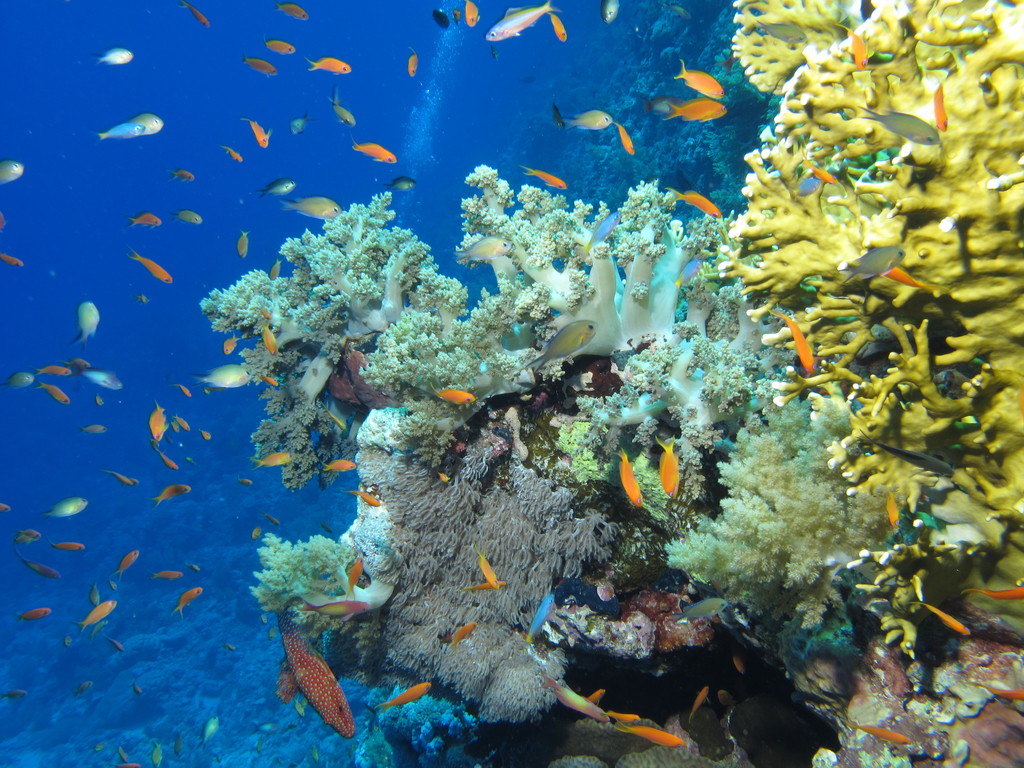
The Red Sea Coral Reef extends along the coasts of Egypt, Sudan, and Eritrea. This reef system is famous for its unique marine species and vibrant coral formations. It features a range of colorful corals and an abundance of fish species. The main threats include rising sea temperatures and pollution. Conservation efforts are crucial to preserve this spectacular reef.
Tubbataha Reefs Natural Park, Philippines
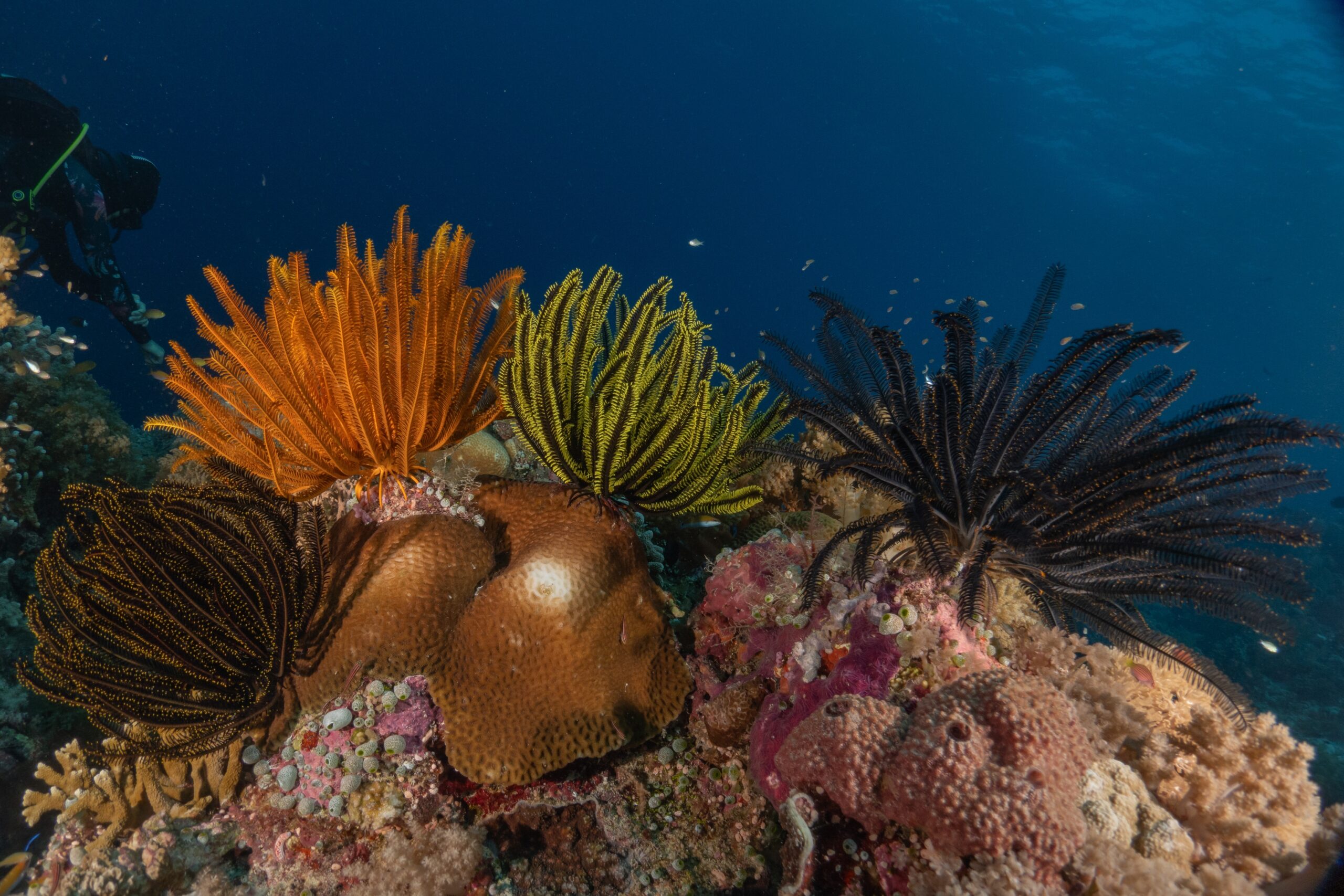
Tubbataha Reefs Natural Park is a UNESCO World Heritage site located in the Sulu Sea, Philippines. It is known for its pristine coral reefs and diverse marine life, including sharks and sea turtles. The park spans over 97,000 hectares of protected marine area. Illegal fishing and climate change threaten its delicate ecosystems. Preservation initiatives are essential for maintaining its health.
Solomon Islands Coral Reefs, Solomon Islands
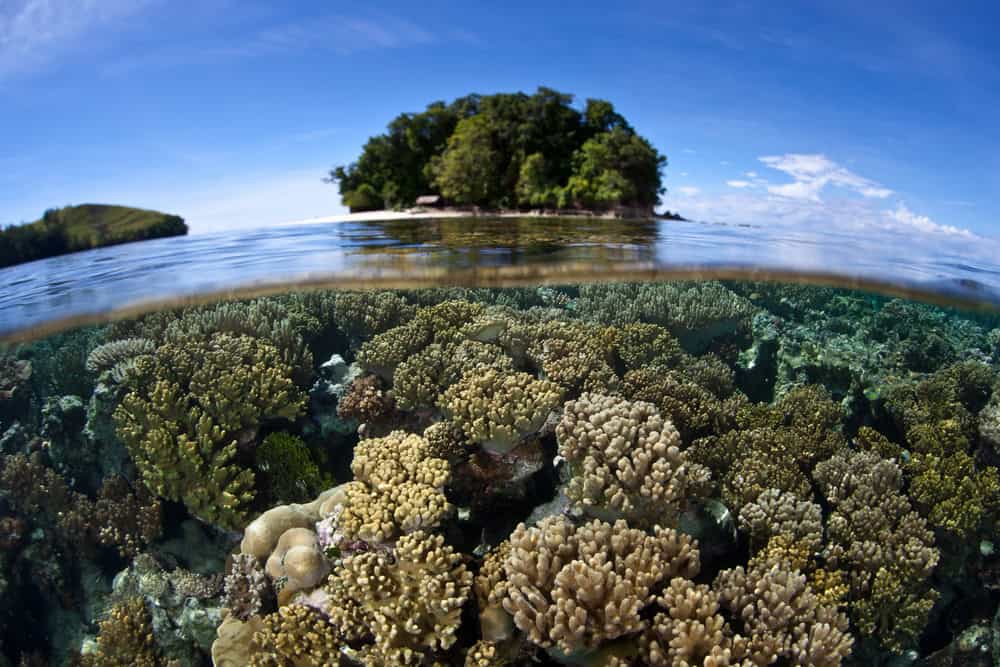
The Solomon Islands are home to some of the most beautiful and diverse coral reefs in the Pacific. These reefs support a wide array of marine species and are known for their vibrant coral communities. They face threats from climate change, overfishing, and habitat destruction. Efforts to protect and manage these reefs are vital for their continued survival.
New Caledonia Barrier Reef, New Caledonia
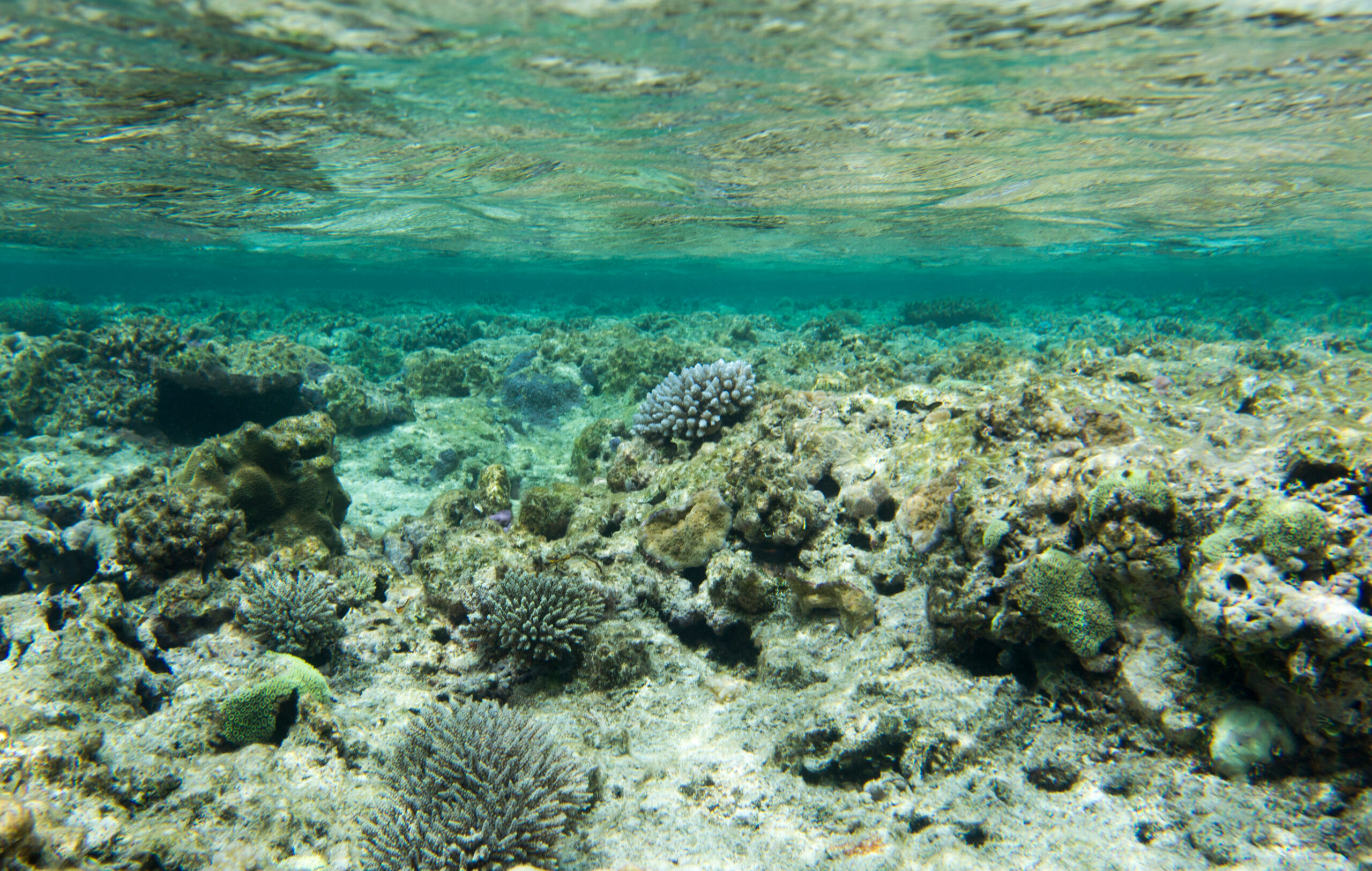
The New Caledonia Barrier Reef is one of the largest coral reef systems in the world, located in the southwest Pacific Ocean. It is renowned for its extensive coral lagoons and rich marine biodiversity. The reef supports numerous species of fish and coral. Climate change and pollution pose significant threats. Protecting this reef is crucial for preserving its unique marine environment.
Chagos Archipelago, British Indian Ocean Territory
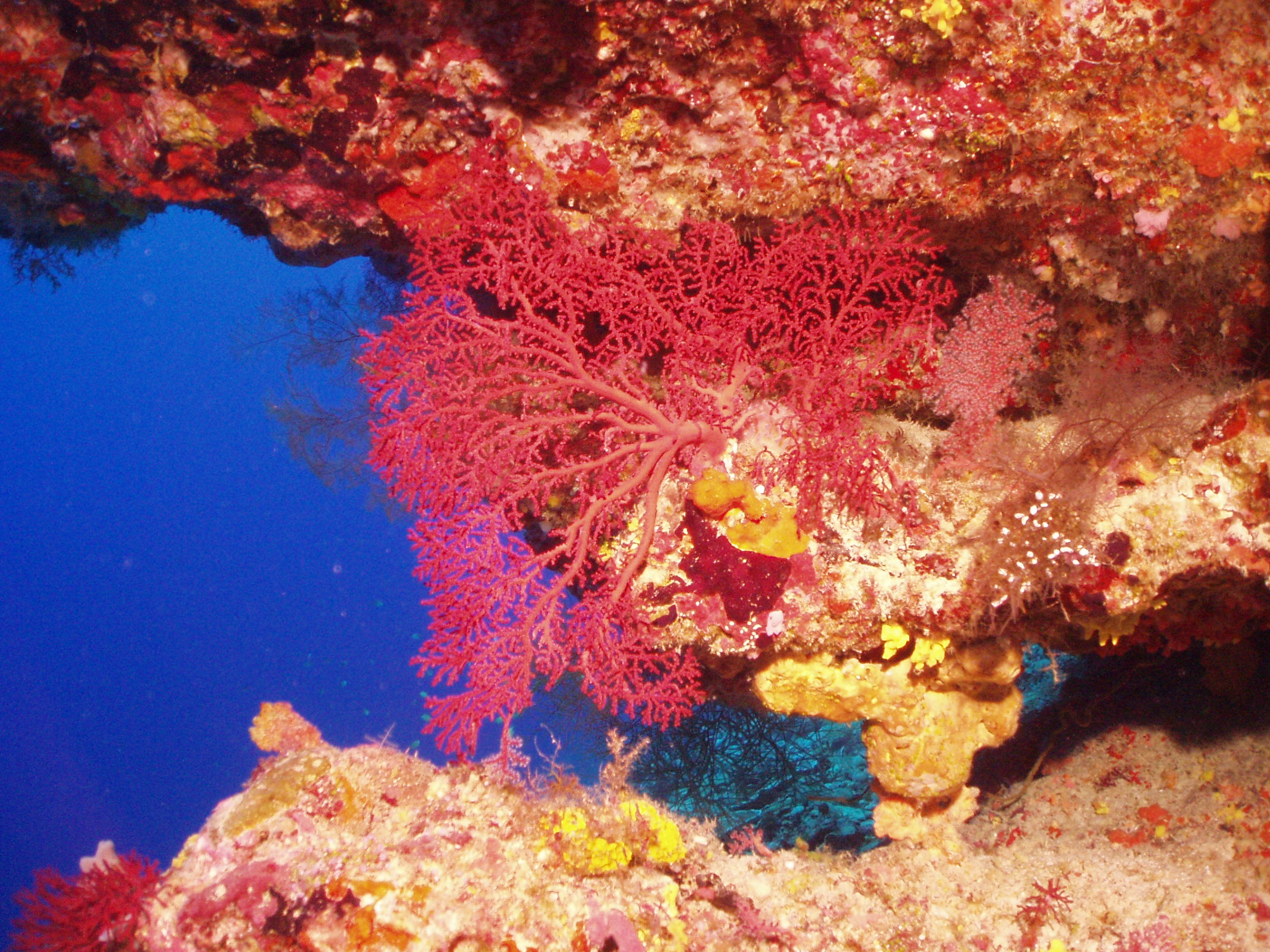
The Chagos Archipelago is a remote coral reef system in the British Indian Ocean Territory. It features some of the most pristine and untouched reefs in the world. The archipelago is home to a diverse array of marine species, including vibrant corals and numerous fish species. Despite its remote location, it faces threats from illegal fishing and climate change. Preservation efforts are crucial for maintaining its ecological balance.
Keppel Islands, Australia
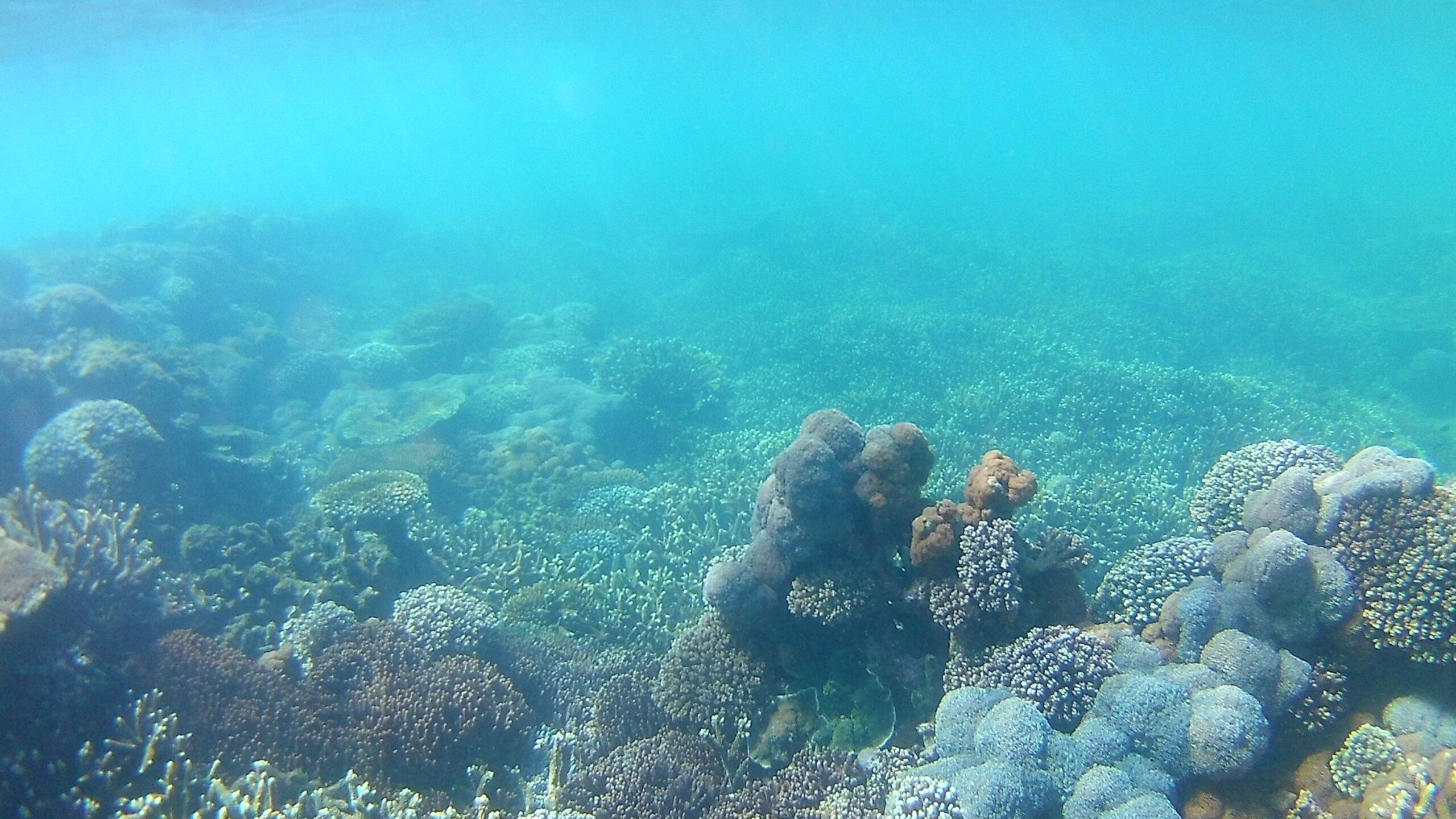
The Keppel Islands, part of the Great Barrier Reef Marine Park, are known for their stunning coral reefs and clear waters. These reefs are rich in marine biodiversity, including colorful corals and various fish species. The islands offer unique diving experiences and beautiful underwater scenery. However, like many reefs, they are threatened by coral bleaching and rising sea temperatures. Protecting these reefs is vital for their long-term health.
Kiritimati Atoll, Kiribati
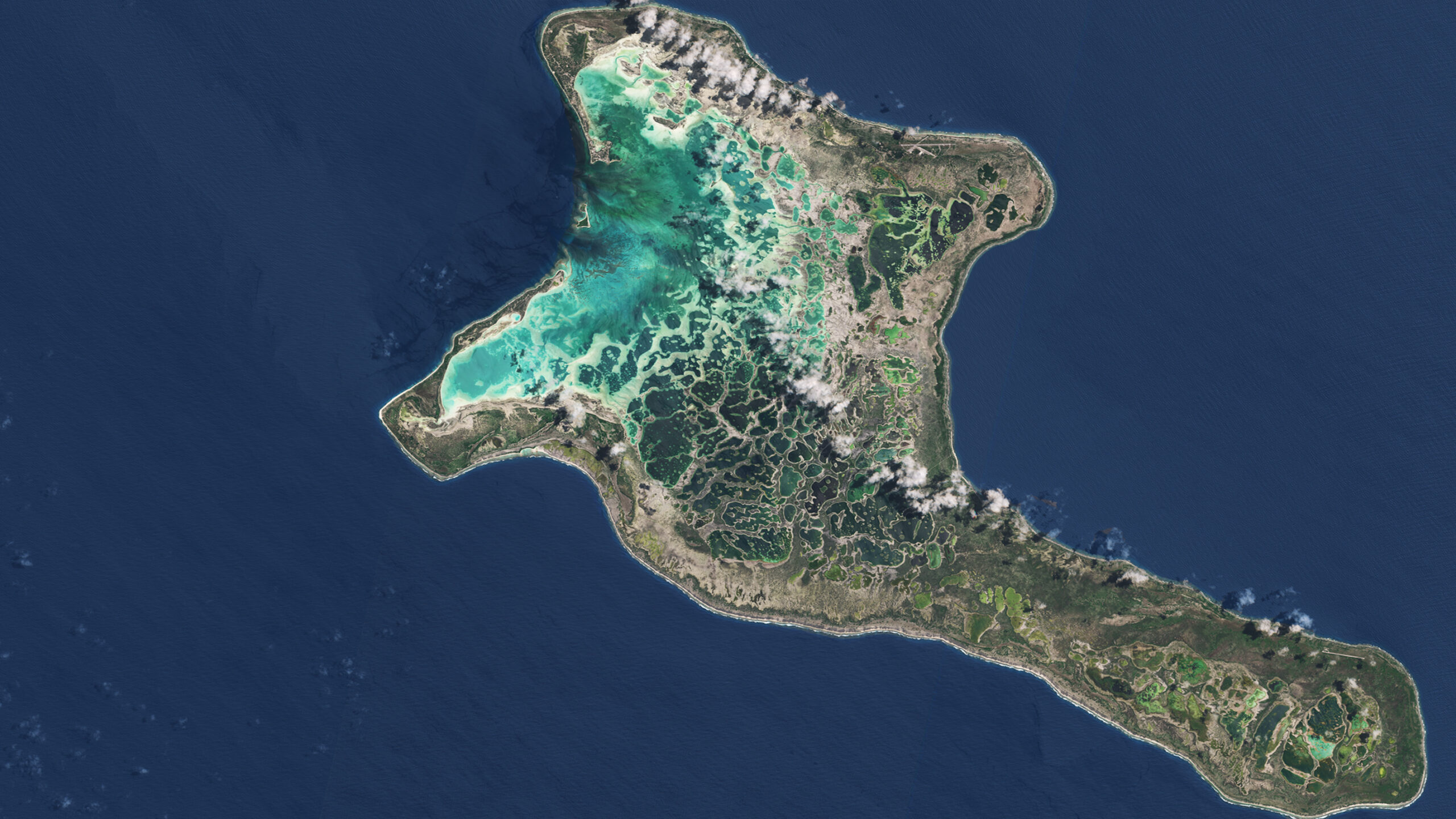
Kiritimati Atoll, also known as Christmas Island, is one of the largest atolls in the world, located in the central Pacific Ocean. Its coral reefs are notable for their expansive size and vibrant marine life. The atoll is home to diverse coral species and a variety of fish. The reefs face challenges from climate change and rising sea levels. Conservation efforts are important to safeguard this unique ecosystem.
Flower Garden Banks National Marine Sanctuary, USA
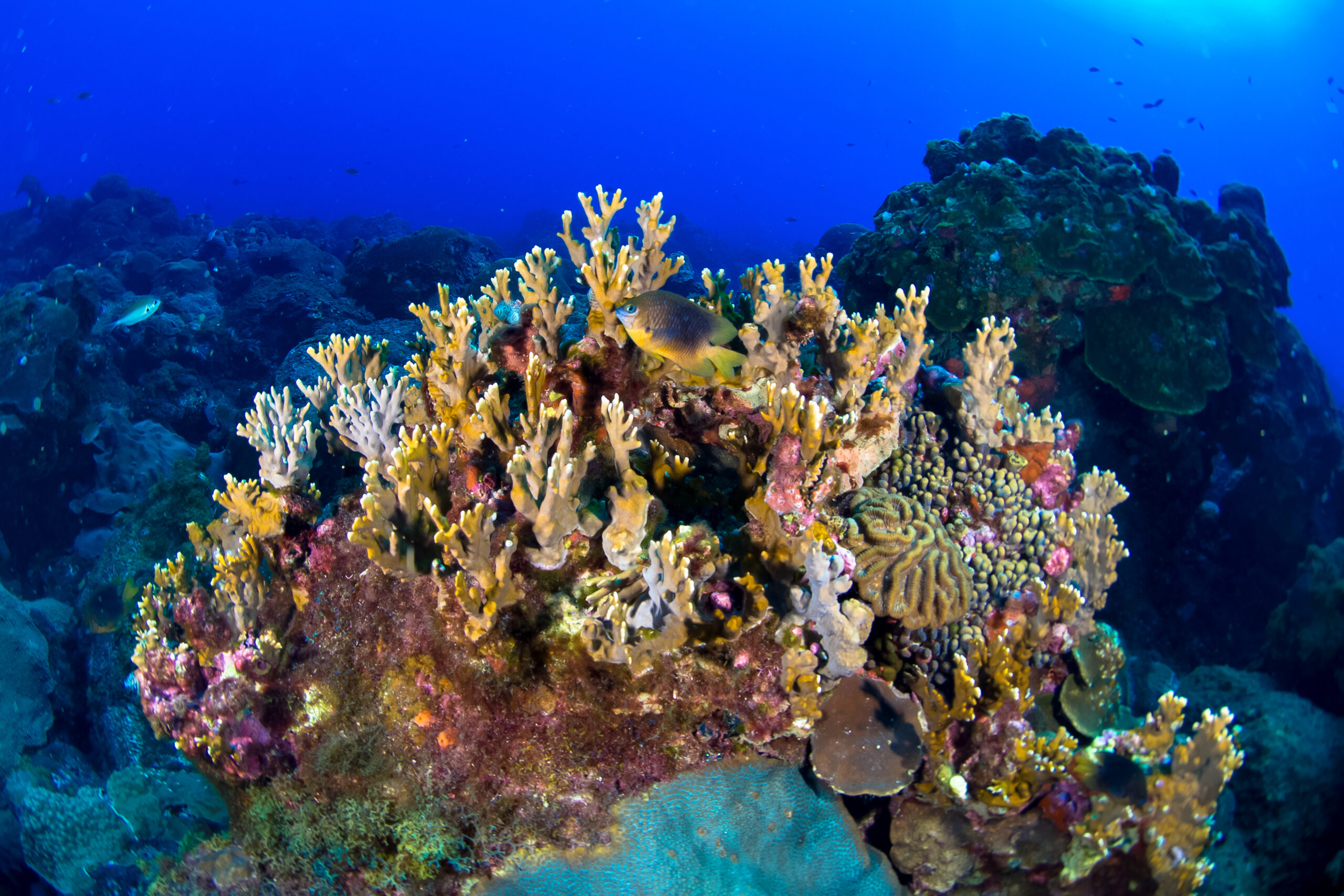
The Flower Garden Banks National Marine Sanctuary is located in the Gulf of Mexico, southeast of Texas. The sanctuary is known for its deep coral reefs and rich marine biodiversity. It features vibrant coral formations and diverse fish species, including large predators. The reefs are threatened by oil drilling and environmental changes. Ongoing protection and management are essential for preserving its beauty and ecological value.
Mayotte Coral Reef, Mayott
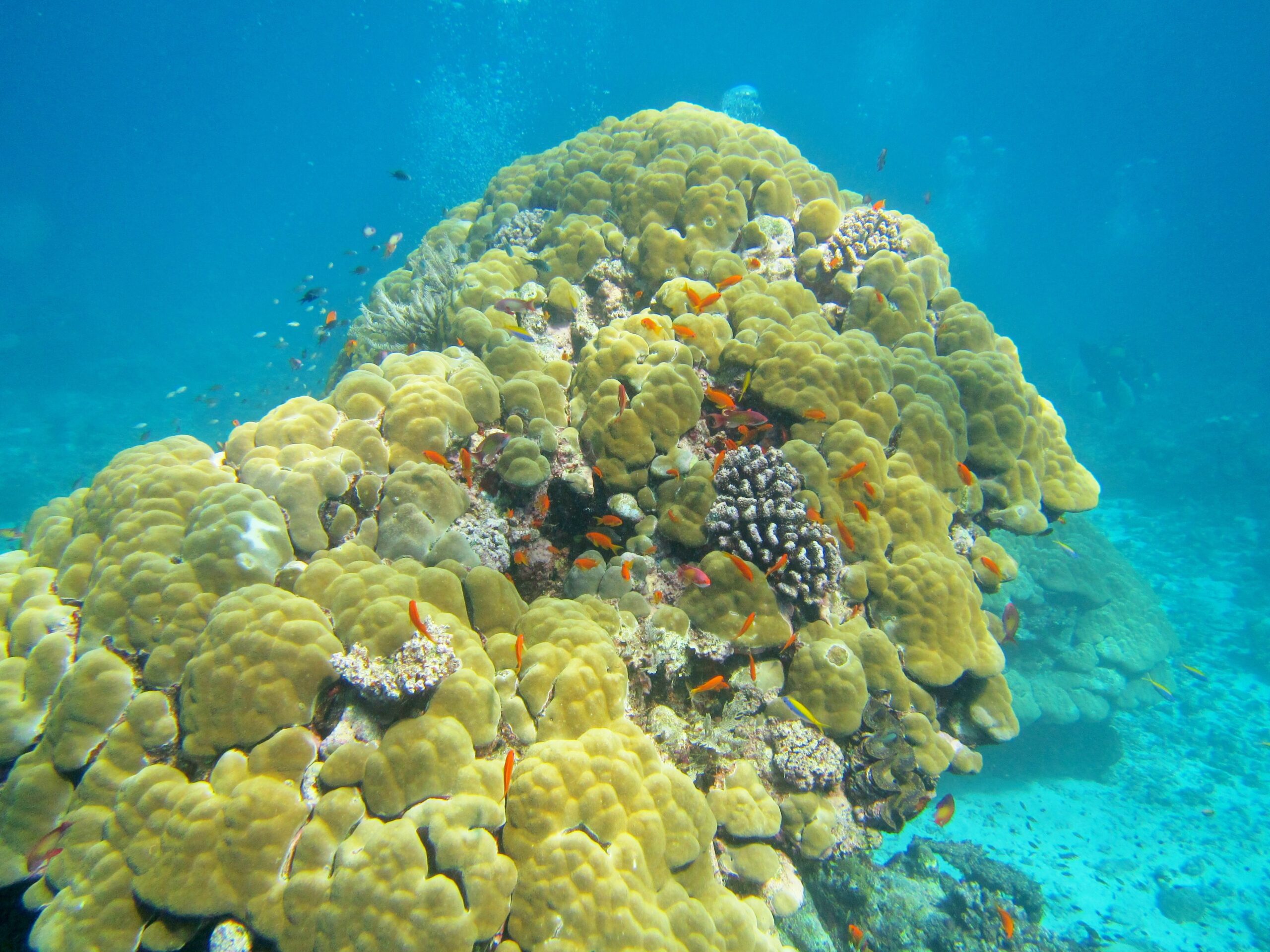
Mayotte, a French overseas department in the Indian Ocean, features a spectacular coral reef system. The reefs around Mayotte are known for their clear waters and rich biodiversity. They provide habitat for numerous marine species, including rare corals and fish. The reefs face threats from coastal development and climate change. Protecting Mayotte’s reefs is crucial for maintaining their health and beauty.
Anegada Reef, British Virgin Islands
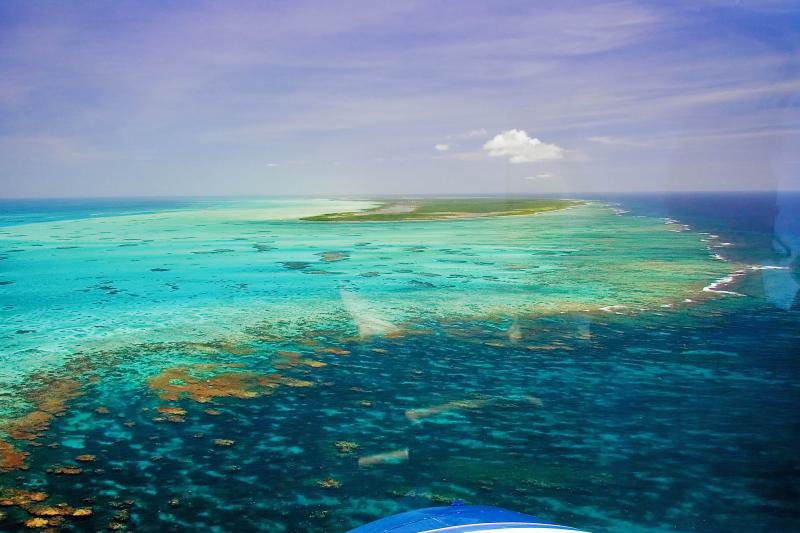
Anegada Reef, part of the British Virgin Islands, is renowned for its extensive coral formations and clear waters. It is the northernmost island in the Virgin Islands and features vibrant marine life and diverse corals. The reef provides critical habitat for numerous fish species. Coastal development and climate change threaten its health. Effective conservation measures are necessary to protect Anegada Reef’s natural beauty.
Cocos Island Coral Reefs, Costa Rica
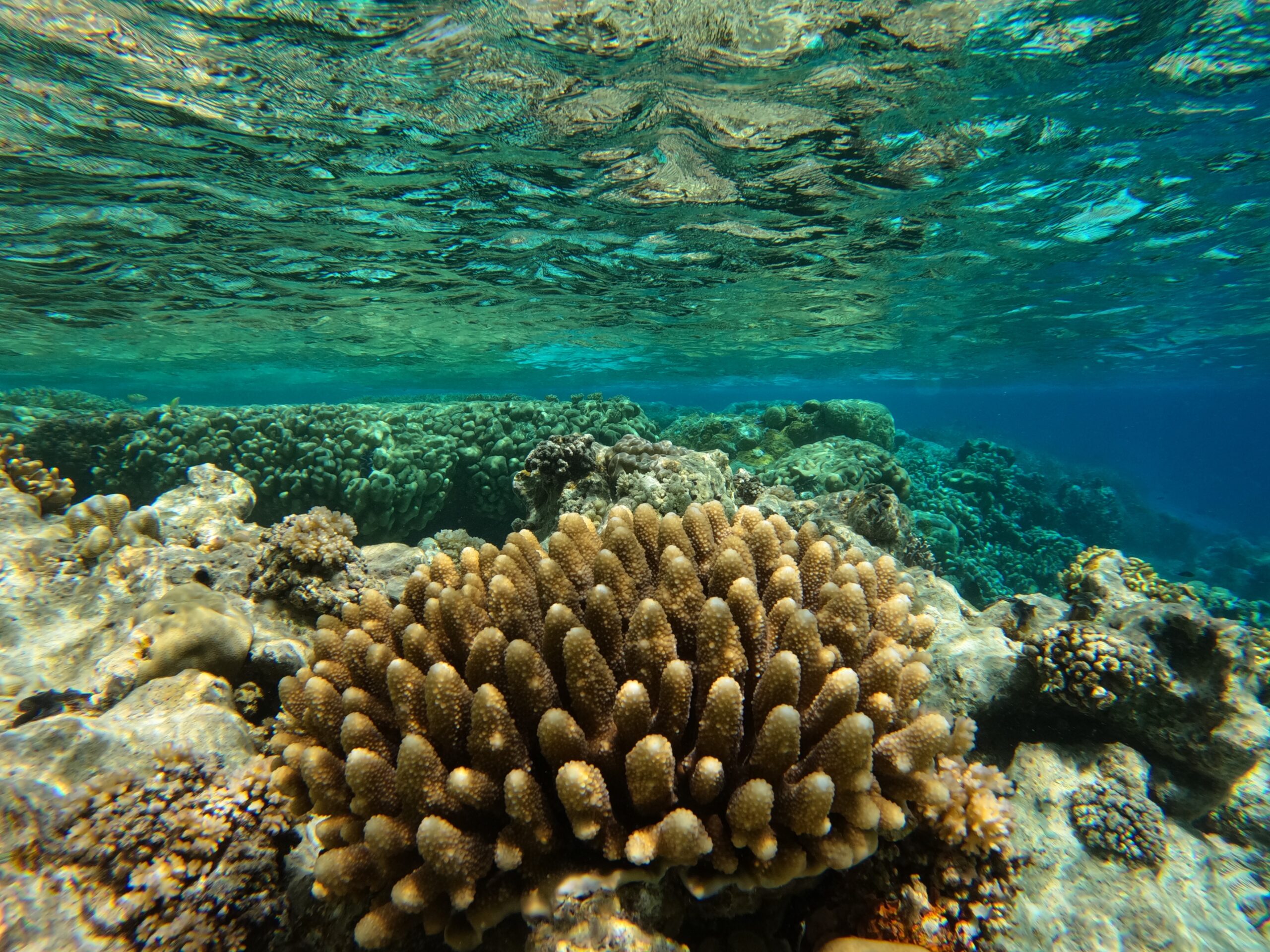
Cocos Island, located off the Pacific coast of Costa Rica, boasts impressive coral reefs and rich marine biodiversity. The island’s reefs are known for their deep waters and unique marine life, including large schools of pelagic fish. The area is a UNESCO World Heritage site, recognized for its ecological significance. It faces challenges from illegal fishing and climate change. Protecting Cocos Island’s reefs is crucial for maintaining their ecological integrity.
This article originally appeared on Rarest.org.
More from Rarest.org
19 Most Expensive Bird Species to Own
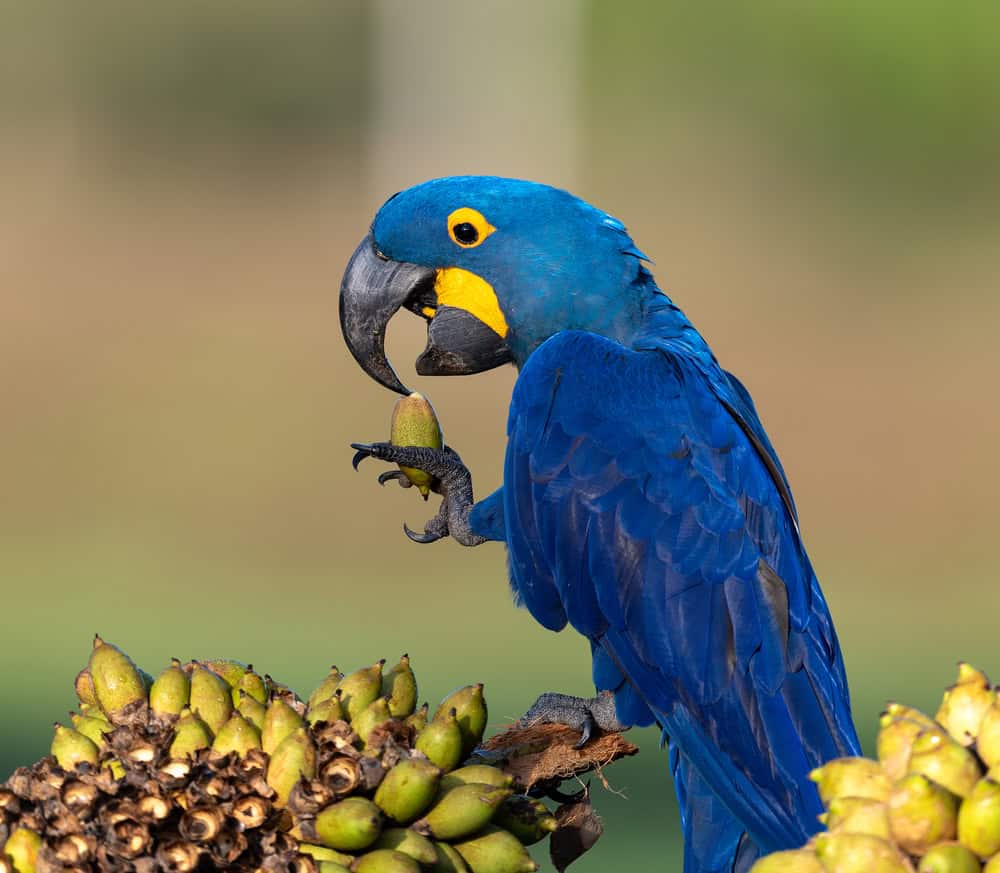
Owning a bird is more than just having a pet; it’s a commitment to caring for a creature that can live for decades and bring endless joy with its vibrant colors, intelligence, and unique personalities. Read More.
18 Most Expensive Animal Mounts and Trophies
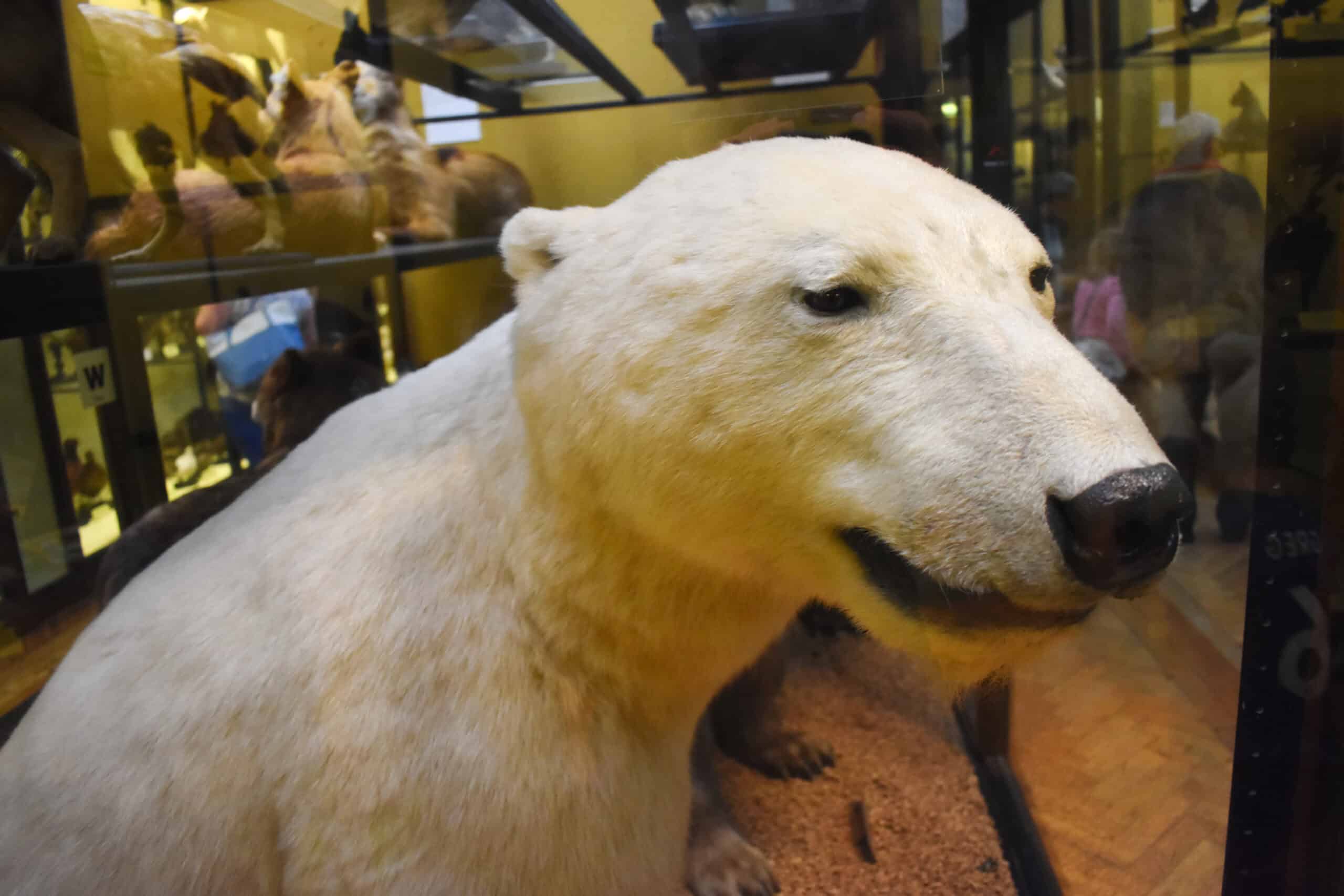
For enthusiasts and collectors of big game trophies, the allure of owning a rare and meticulously crafted animal mount is undeniable. Read More.
20 Distinctive Approaches to Mixed Media Art You Should Explore

Mixed media art is a dynamic and versatile form of artistic expression that combines various materials, techniques, and styles to create unique, multifaceted works. Read More.
